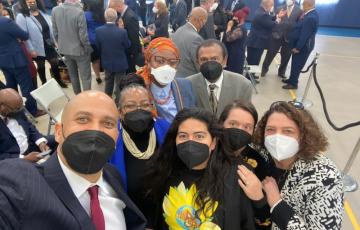blog
8 Bills to Support for a Healthier, More Just Massachusetts
It’s the start of a new legislative session in Massachusetts, which means it’s time for the biannual scramble to secure co-sponsors for our priority bills. This year, Clean Water Action is working to line up support for our Healthy Futures for All legislative package to protect residents, particularly children, from exposure to health-threatening toxics and pollution.





